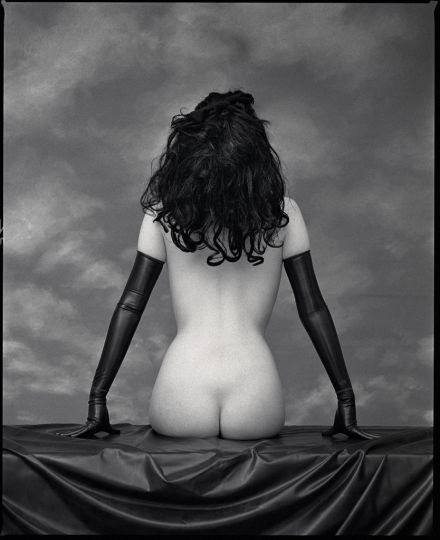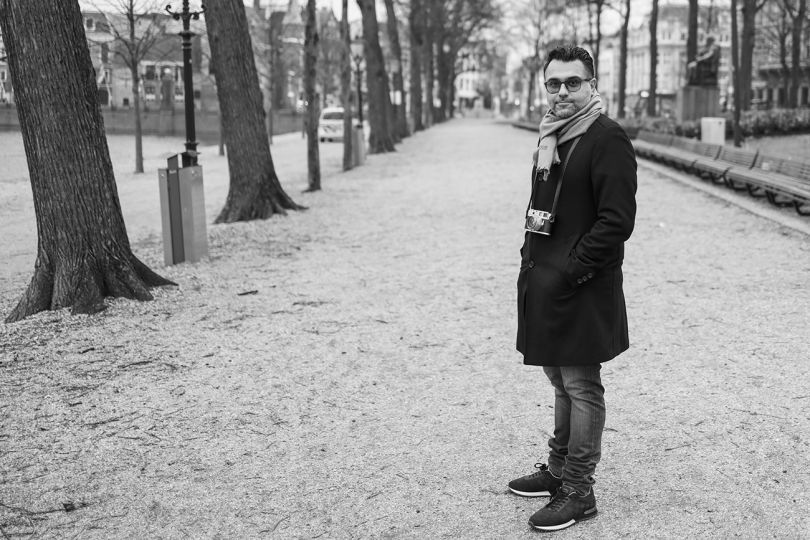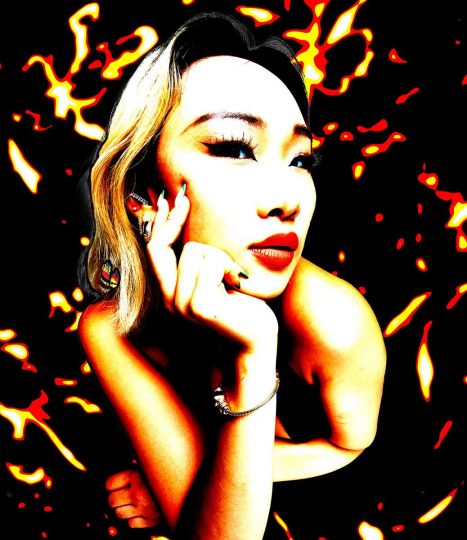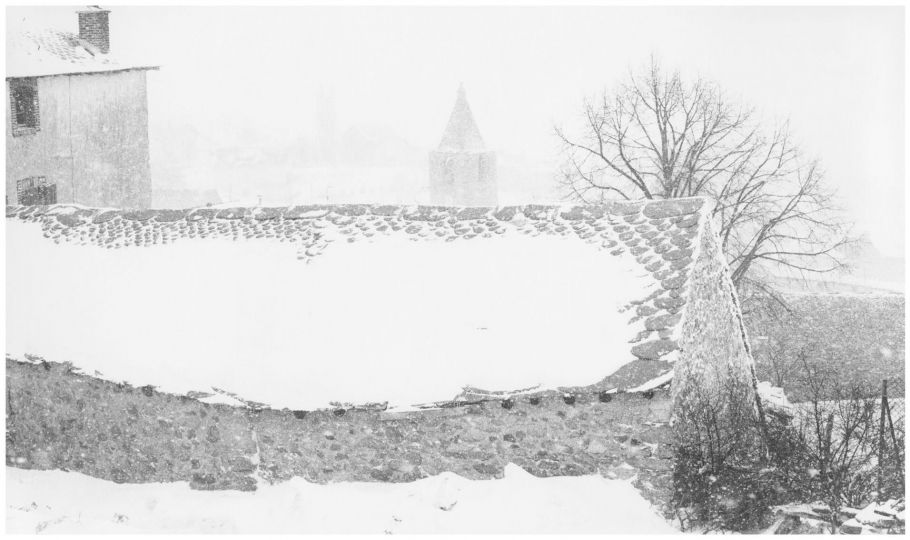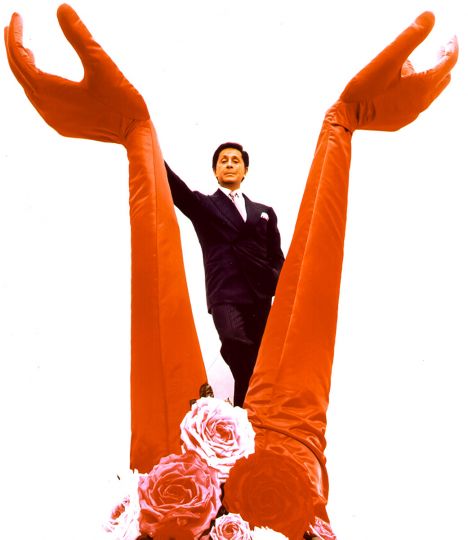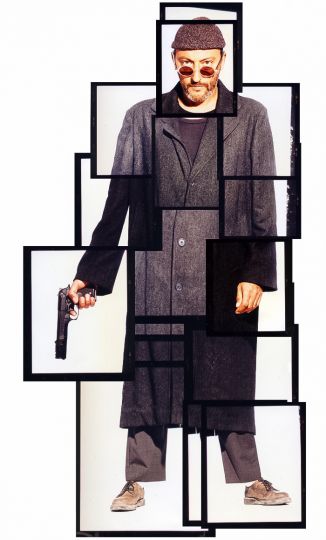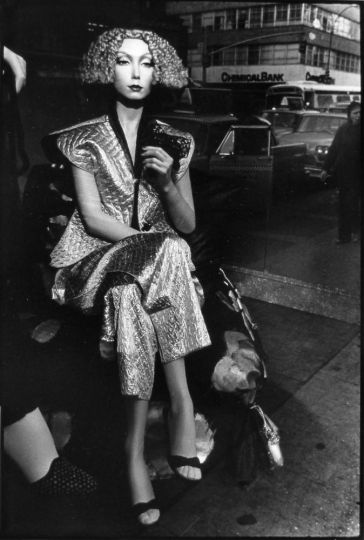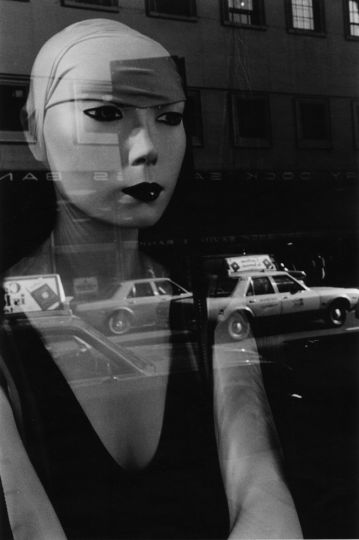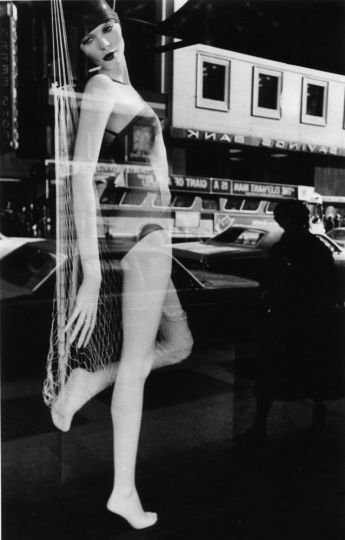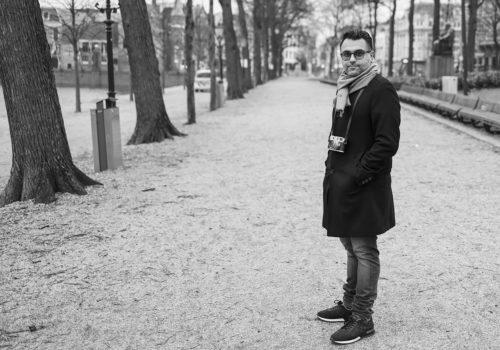The desire of the darkroom is made manifest in the photographs of Bob Carlos Clarke. Much can be made of the darkroom/dark womb affinity, and there is little doubt it offered sanctuary for BCC; the place his love dolls came to light and life; the place he could control their perfect image.
To be sure, here is a man, focusing his lens towards the idealised and highly sexualised body of a woman. Desire is palpable in his gaze, yet he seems always to be playing the role of provocateur, as is evident in the titles of his photographs. Moral outrage is his currency. The latex-clad women he photographs are wildly powerful, made more so by the confines of the frame, by being defined within it. They give shape to a bold femininity that is complicit with the male gaze, refusing to be subjugated by it. The female gaze is also permitted, even welcomed, via a vivid visual appreciation of the sumptuous Dita Von Teese or Rachel Weisz. Here are women in control of their own image.
With such work, the question of pornography enters the debate, in a way it doesn’t quite with the great American novelists, the Updikes, Roths and Hemingways, who would be penniless and invisible sans sex. While the writers are criticised for their objectification of women, their genius is never encumbered by it. The term ‘pornography’ originally meant ‘writing about prostitutes’ – to this specific charge, BCC is guilty. And, in its more contemporary definition of picturing sexual organs or activity, yes, he did that too. Yet his photographs of women are rarely salacious and are not demeaning.
In his prolific (and very funny) writing, it becomes clear how well he understood the tyrannical grip of the fashion industry on women; how it has created plastic women to which real women must aspire. Perhaps this explains his fascination with latex: at once revealing and concealing the female form. He had no interest in surgical or cosmetic enhancements that define the parameters of the beauty of capitalism today. His artistic creation of ‘Love Dolls’ reveals an engagement that is only superficial at the level of form.
Photography is a tool for extended looking, making voyeurs of us all. Whether Miroslav Tichy, for example, whose career was spent capturing the view up women’s skirts in Czech parks, is a pervert or an artist is a useful discussion to have. His soft-focus, lo-fi images hold a mystery we seek to understand. Skin Two magazine may have hit the shelves as a fetish publication, but one of its founders was the extraordinary Grace Lau, a champion of women in photography. The most interesting conversations always take place at the boundaries; on the edge.
What if we don’t picture sex at all in public? If it exists only in dark places? Bringing it to light always provokes debate: sex in all its guises and disguises. Millions of women in the 21st century remain subjugated, often via the sex industry. The ‘Living Dolls’ of Bob Carlos Clarke take on the appearance of weapons.
Max Houghton is a senior lecturer in photography at London College of Communication.

